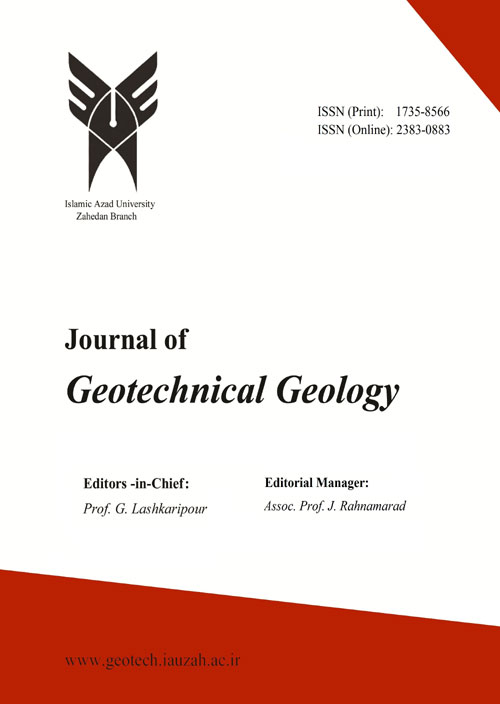The Effect of Fracture Intersection on Drilling Mud Loss in Iranian Gas Fields
Author(s):
Abstract:
Kangan and Dalan formations are one of main resevoir rocks in Fars structural province in Iran south. in XXP gas field available fractures in Kangan formation have main effect on drilling mud loss. Although shale rate change of reservoir rock units is a key factor in control of fractures distribution in upright direction. But lateral distinction in reservoir rock leakage is affected by opening amount of intersection fractures. During 31 wells drilling in TBK, drilling mud loss has occurred in 12 wells. Drilling mud loss in these wells has been observed in Kangan formation and in anticline axis range. On the basis of surface studies and EMI images’ interpretation, two major groups of fractures with non tectonic origin have been recognized in XXP anticline. These fractures have geometric characteristics including Dr. 150/80, Dr. 240/80. Two desired fracture groups are crossover and vertical on layered surface. These fractures are co-direction and intersection type with main fractures of southern Pars field. Desired fractures have evolved by the effect of upper layers’ weight before folding. Fracture Intersection have been stretched in fold axis range by folding effect and extra opening has been occurred on their surface. Extra opening of fractures intersection in fold axis range has caused drilling mud loss increase in this part of the field.
Keywords:
Language:
English
Published:
Journal of Geotechnical Geology, Volume:9 Issue: 4, 2014
Page:
333
https://magiran.com/p1341895


